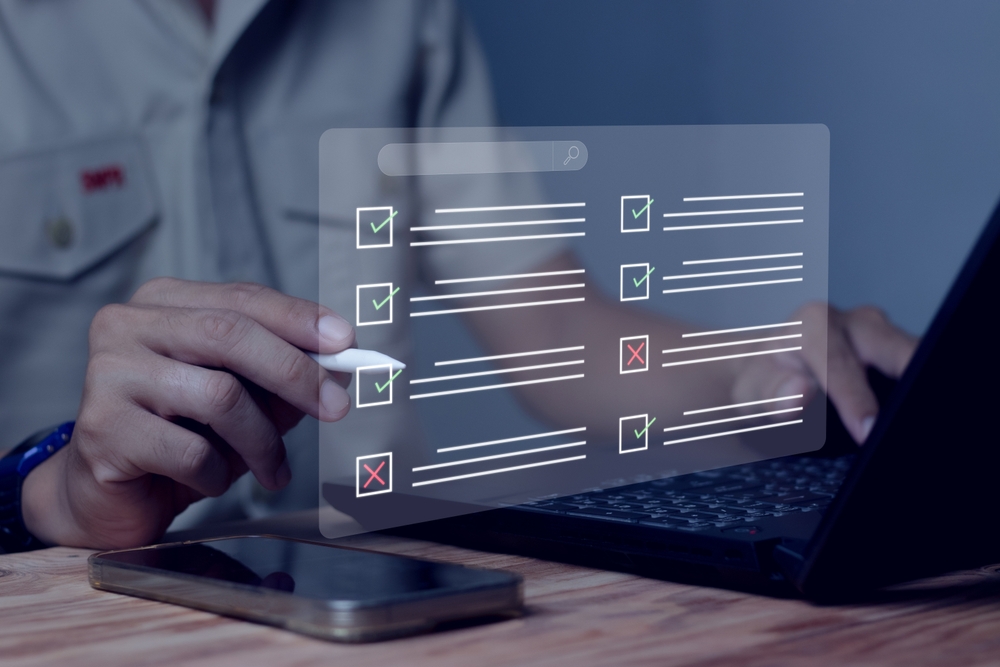In today’s digital world, data protection is essential. Building a robust data backup strategy ensures business continuity and minimizes risk against cyber threats. This article explores three best practices for building a comprehensive backup strategy for your business:
- Determining Your Backup Objectives
- Designing Your Backup Strategy
- Securing Your Backups
Be sure to also check out the Best Practice Guides we’ve linked in this article for more useful information on these strategies.
Determining Your Backup Objectives
Start by identifying who is involved in setting your objectives. Typically, this could include IT, business unit management, and legal teams. Next, categorize and classify your data based on its importance (e.g. mission-critical or non-critical). Once classified, determine your Recovery Point Objective (RPO) — how much data you can afford to lose — and your Recovery Time Objective (RTO) — how quickly systems must be restored. Legal or regulatory compliance rules for your industry should also be considered here.
Record the outcome of this exercise, and periodically review and update these records to ensure they remain current.
Designing Your Backup Strategy
Once you have defined your backup objectives, you can start to design your backup strategy to meet those objectives. Choose the right backup method (e.g., full image or files backup) and the destination for your backups. Backup frequency and retention rules must also be considered here (e.g. daily, weekly, monthly, etc); your previously identified RPOs and RTOs will guide these decisions.
The 3-2-1 rule is a strongly recommended best practice strategy for backups: 3 copies of the same data, 2 on different media, with 1 stored offsite. Cloud storage, local storage, or hybrid models are viable options depending on your budget and recovery needs.
The table below outlines three recommended backup strategies that you can implement in your organization. These strategies have been designed to help you ensure alignment with your backup objectives.
All the strategies in this table achieve the recommended backup requirements of various global cyber security frameworks. You can choose to modify one of the three strategies, or design your own strategy using the wide range of options available in BackupAssist Classic.

|
Check out our Best Practice Guide for Designing Your Backup Strategy |
Digging Deeper: Other Backup Design Considerations
Determining the what, when, and where of your backups is just the tip of the iceberg. Digging deeper into backup strategy best practices, there are other design considerations that will shape your backup strategy:
- Recoverability: Are your backups recoverable in the event of a cyber incident? It is recommended that you regularly test your backups to ensure you can recover them when you need them most. With BackupAssist Classic, you can automatically test your backups with our useful Test Restore feature.
- Protection from Ransomware: Are your backups safe from being infected by ransomware? With BackupAssist’s exclusive CryptoSafeGuard feature, you can rest easy knowing the integrity of your backups are protected, even if your system is infected.
- Data Ownership and Sovereignty: Vendor lock-in can happen when a business relies on a single cloud backup or storage provider, making it hard to switch without high costs or technical challenges. Data portability is a fundamental aspect of modern cloud backup strategies, and BackupAssist Classic is purposefully designed to ensure you are not locked into any single provider, so you have full control of your data. What’s more – your data is your data. You can access and restore from your backups years later, even if you stop using BackupAssist services.
Securing Your Backups
Security is a critical component of protecting your backups from authorized access. Create dedicated backup user accounts to minimize risks. Implement access controls to restrict who can manage or restore backups. Additionally, keep a “go-bag” of login credentials and necessary items for fast recovery during emergencies. You can learn more about securing your backups here.
Conclusion
By determining your objectives, designing a tailored strategy, and securing your backups, you can begin to build a robust backup strategy for your business. This approach will ensure your business can recover quickly and minimize data loss in any disaster scenario.
New to BackupAssist? Start your 30-day free trial today.






